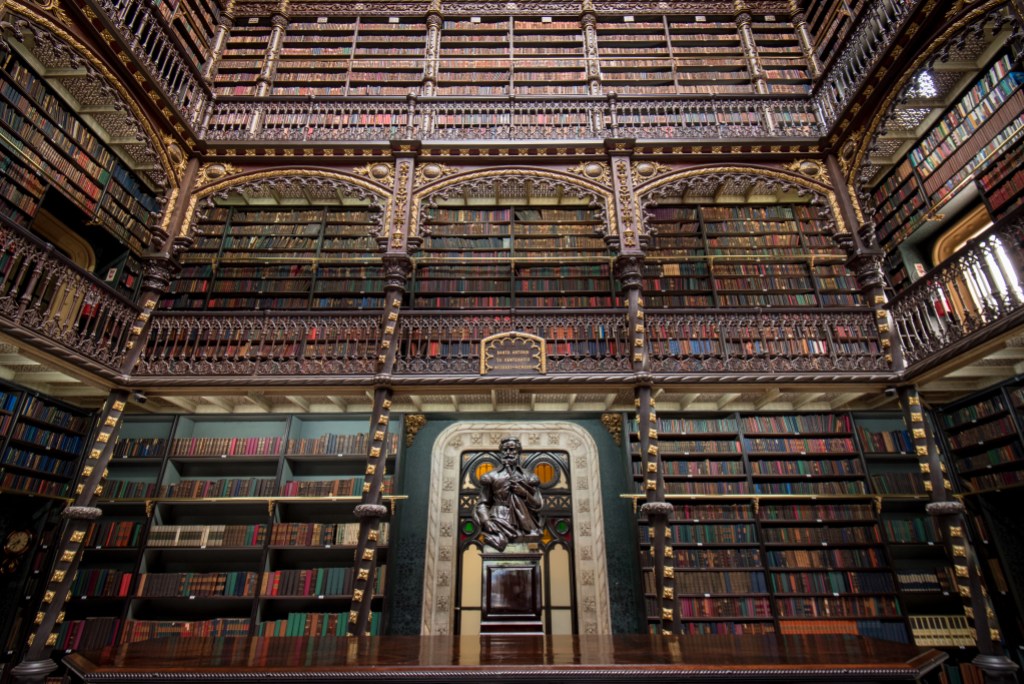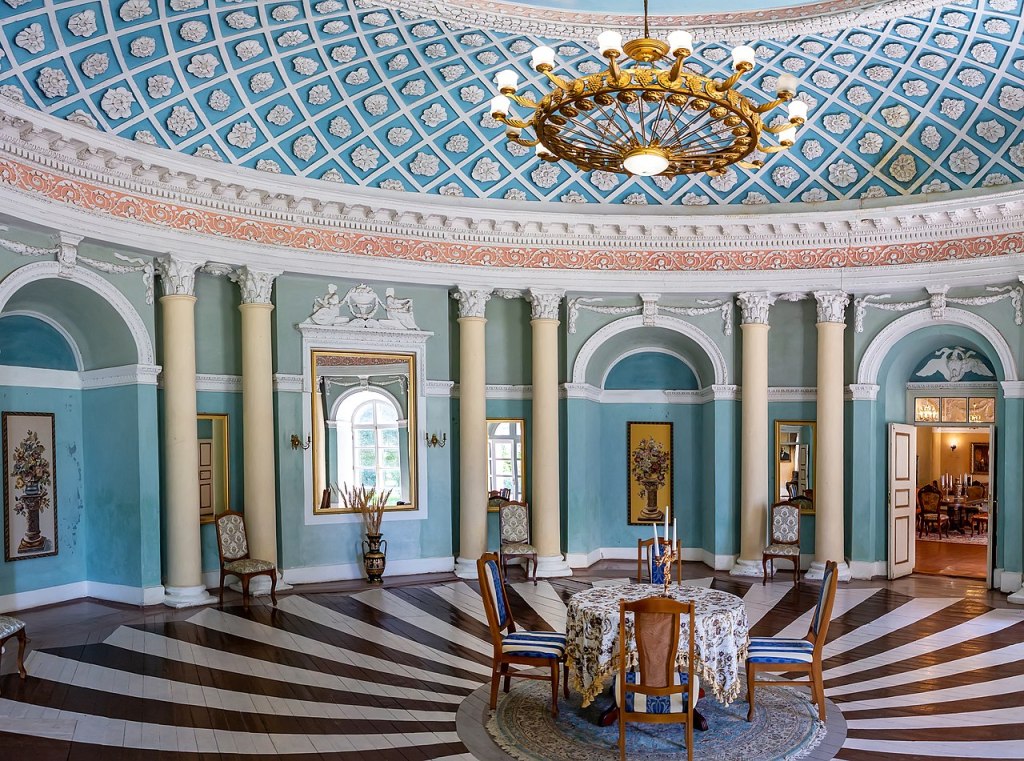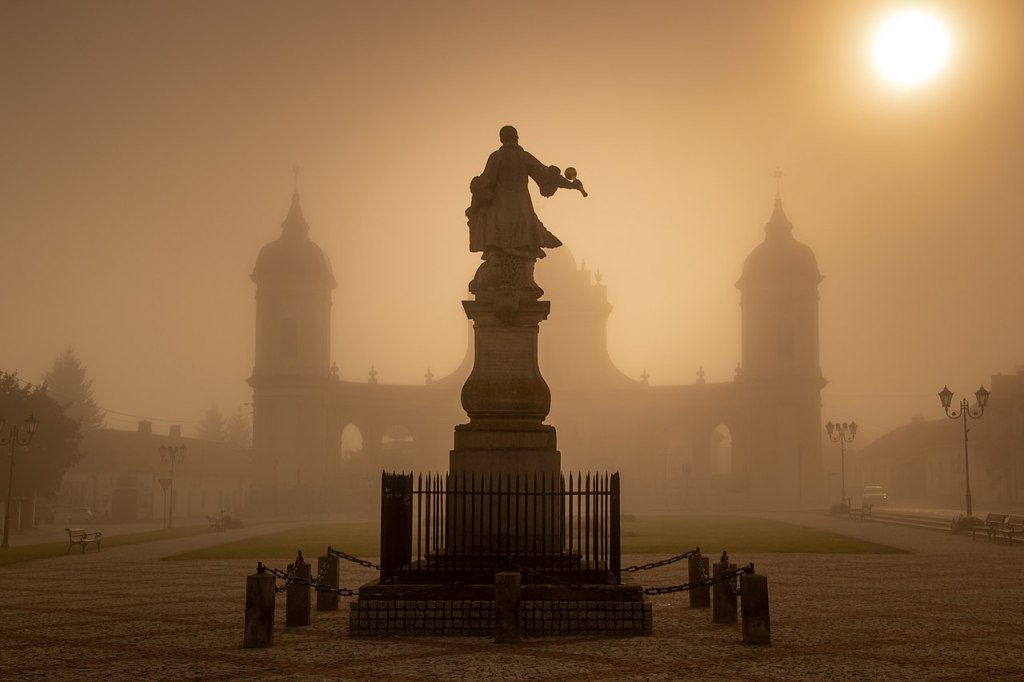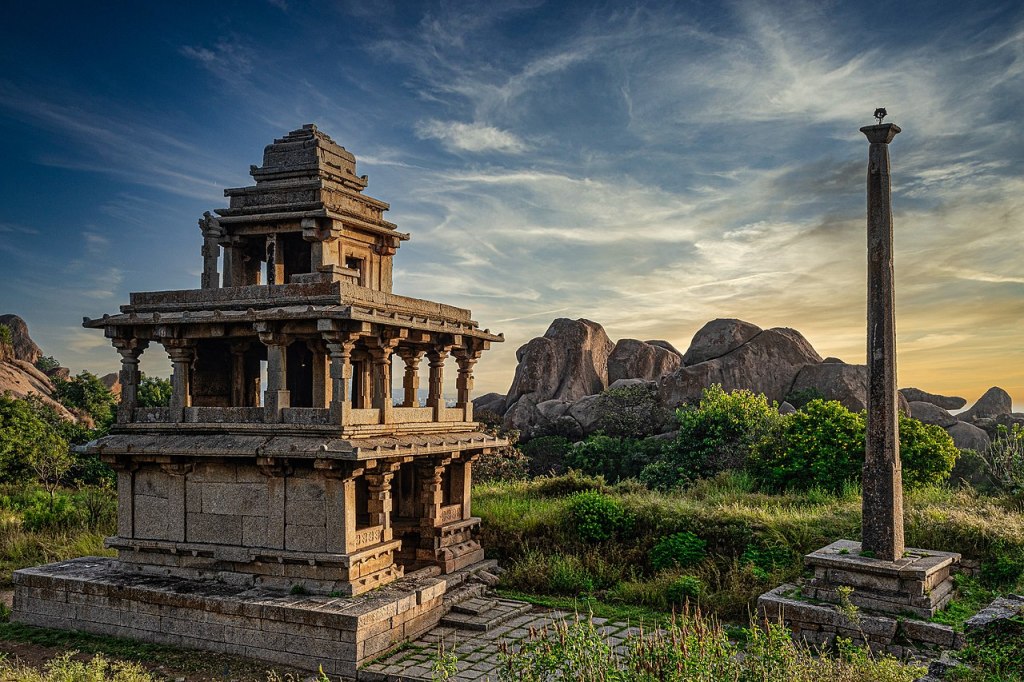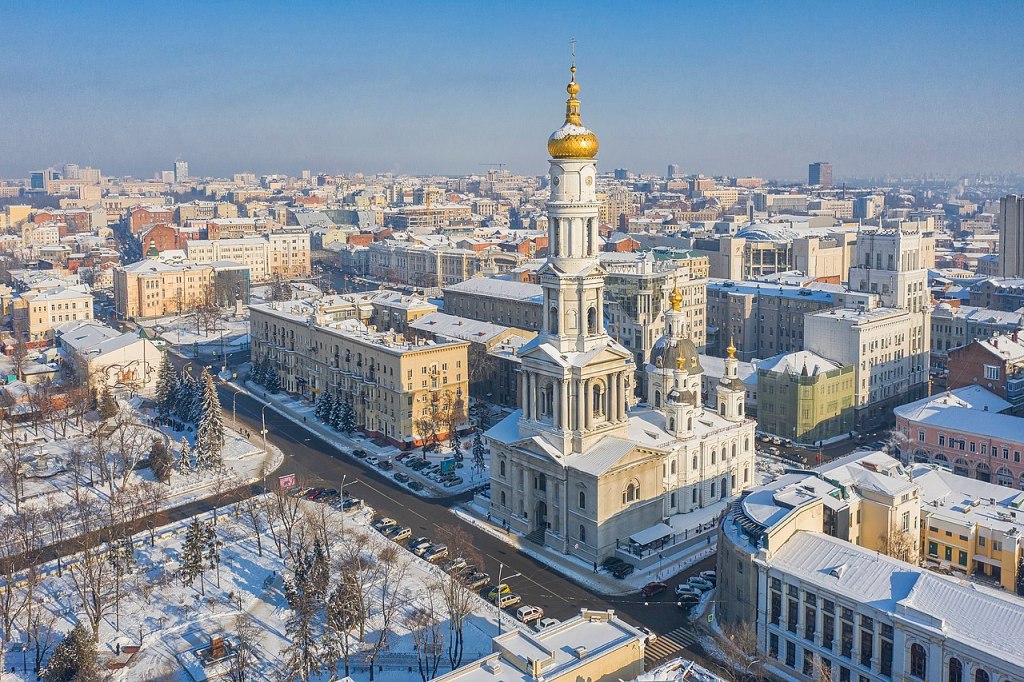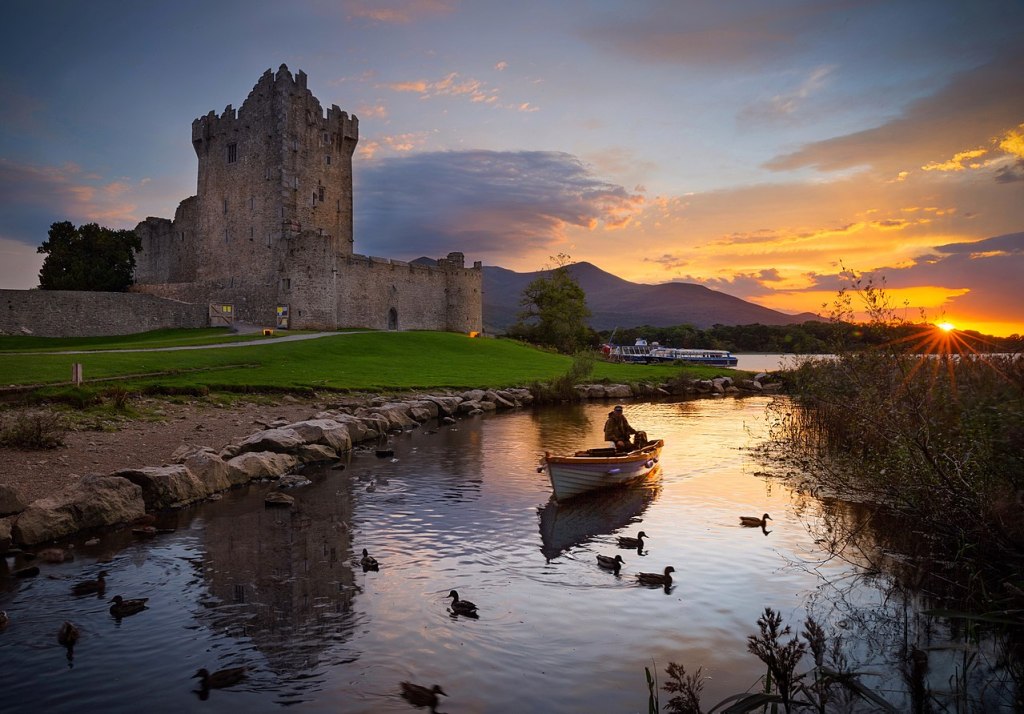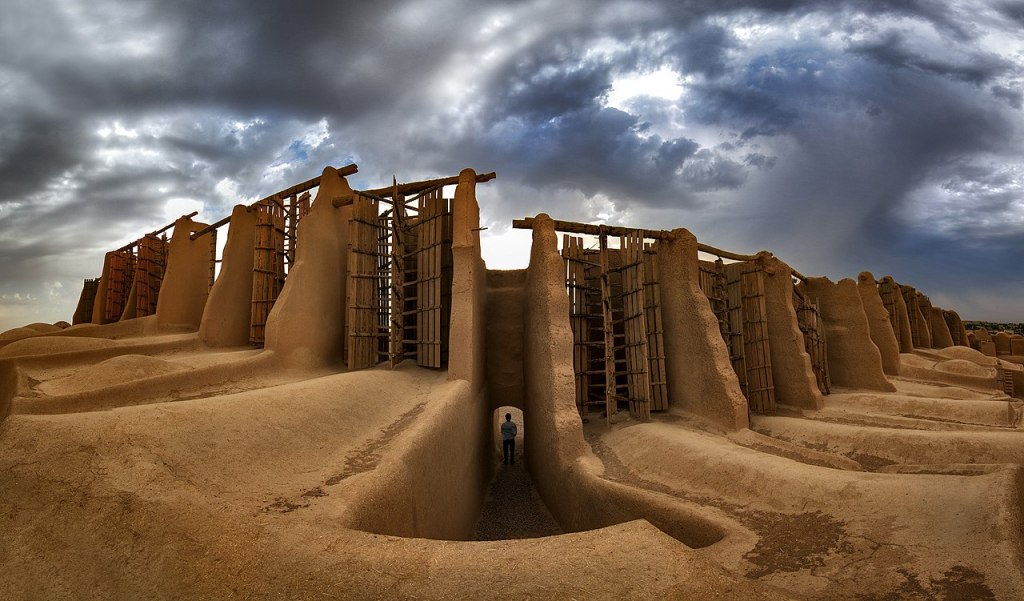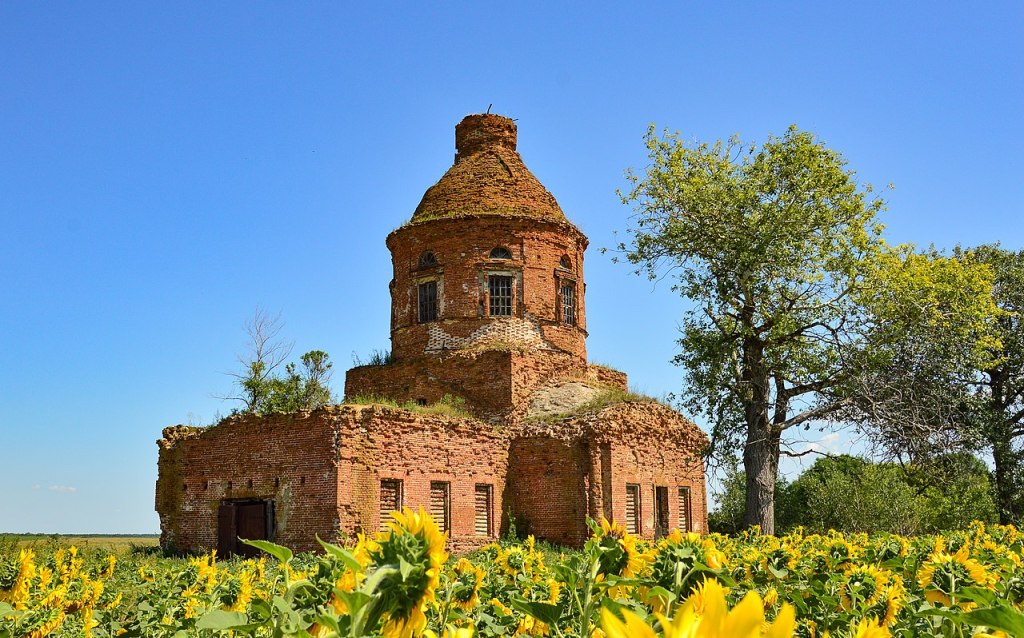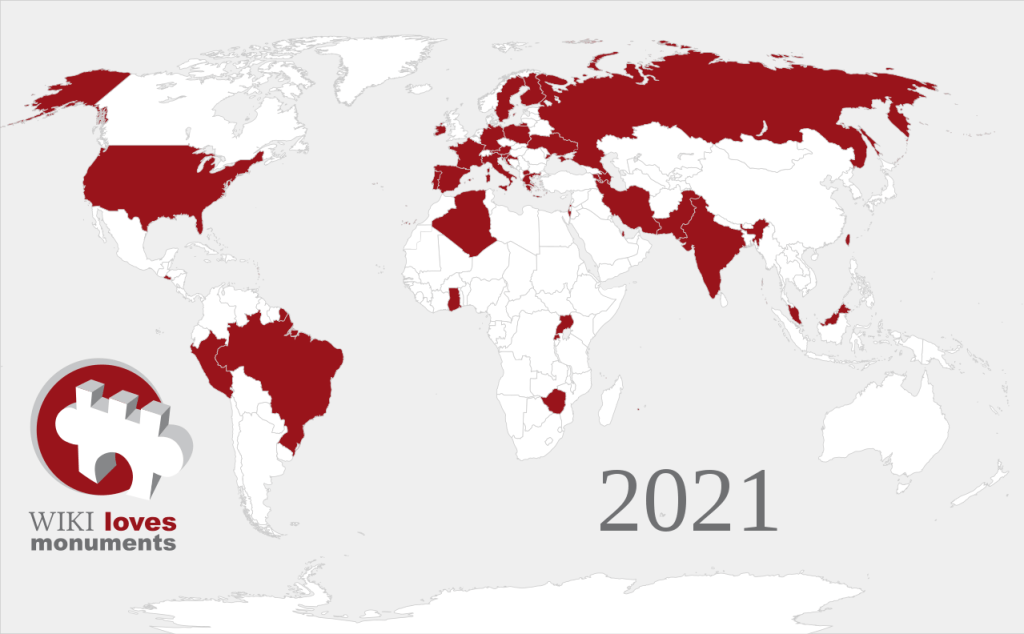
From the lush green hills of the historical site San Andrés, El Salvador, to the overwhelming waterfalls in Murchison Falls National Park, Uganda, to the capturing temple of David in Jerusalem, Israel. Where local restrictions would allow, people have gone out again to capture their wonderful surroundings and share them with the world through the largest photo competition in the World, Wiki Loves Monuments.
As part of the competition, photographers donate their images to Wikimedia Commons, the free repository that holds most of the images used on Wikipedia and the other Wikimedia projects, helping to document the world’s cultural wonders for generations to come.
With the events going on in the world, it is important to stay aware that there is a deadline to capture the world around you. We consider it our responsibility to make people aware of its beauty, and that it deserves to be shared through the eyes of the people that experience it every day. We make the commitment to create the visuals that can illustrate the stories of these places and bring them to life, and invite you to help expand and maintain the treasure trove of the cultural heritage we all share in the upcoming 2022 edition.
In this twelfth edition of Wiki Loves Monuments, 37 countries joined together in the contest. We received over 172.000 entries from 4914 uploaders, and welcomed 3198 first time contributors. Out of all entries the national winners have been selected, and have been brought to an international jury of experts. This jury assessed, considered and ranked the 339 national winning photos based on our usual criteria: usefulness for Wikipedia, technical quality and originality.
Please enjoy the following profiles of the 2021 Wiki Loves Monuments winners, who were announced today. This year’s international winners come from 11 different countries, including multiple winners from Poland, Ukraine and India.
First place: Although Donatas Dabravolskas lives only 15 minutes away from the Royal Portuguese Cabinet of Reading in Rio de Janeiro, Brazil, he only came to know about the place from a social media post, which motivated him to visit and take a bunch of photographs. As said by jury members, this winning picture of WLM 2021 has “amazing symmetry” and “conveys greatness and true scale of this immense library.” Photo by Donatas Dabravolskas, CC BY-SA 4.0.
Second place: A professional photographer who has been in the field for over a decade, Damian Pankowiec, believes that it is important to “capture the subject at the right time of day and the weather”. This stunning picture of Saint Roch chapel in Krasnobród, Poland, is praised by a jury member as the “best way to help a modest, otherwise unspectacular monument in gaining value in a picture is looking for the proper season; and for this picture autumn was chosen very well,” and as another member says, “it creates the sensation to be there.” Photo by Damian Pankowiec, CC BY-SA 4.0.
Third place: Along with his friends, Zysko Serhi, travels around Ukraine to showcase the beauty of it to the world. Far from his home, Serhi captured a “colourful interior shot” of Samchyky palace in Starokostiantyniv, Ukraine. Photo by Zysko Serhi, CC BY-SA 4.0.
Fourth place: Małgorzata Pawelczyk captured the Stefan Czarniecki Monument in Tykocin, Poland, as the “sun rays were shining through the clouds and the fog.” Her motivation to submit this photograph to WLM was to “create awareness of the beauty of architecture even in small towns.” A jury member remarked it as a “great use of the weather and the time of day to isolate the subject within its surroundings.” Photo by Figoosia, CC BY-SA 4.0.
Fifth place: Basavaraj M, who has been into photography for about four decades with a special interest for architecture, presents us with the picture of the Gali Mantapa from his hometown, which is Chitradurga in Karnataka, India. The photograph is also the winner of WLM 2021 in India. A jury member remarked this as a “good combination of stone architecture with natural rocks.” Photo by Basavarajmin21, CC BY-SA 4.0.
Sixth place: During the pandemic in 2020, Daniel Horowitz, along with his wife “rented a secluded cabin near Lake Champlain in Vermont, hundreds of miles from home.” Since his childhood, he has always been drawn to old buildings, ruins and abandoned places. Towards the end of their trip, as he was taking pictures, Horowitz wandered off (as he usually does), to capture Fort Crown Point in New York. It was a British fortress along the western bank of Lake Champlain, built in 1759 to defend against French forces and partially destroyed by fire in 1773. Photo by Daniel M. Horowitz, CC BY-SA 4.0.
Seventh place: Dormition (Uspensky) Cathedral was photographed on a “rare sunny winter day” in Kharkiv, Ukraine, in “extreme cold and the snow on the roofs added some neatness to the whole scene”, by Ekaterina Polischuk. She, along with being a landscape photographer, is also a drone pilot. A jury member remarked the photo as, “the tower in the foreground creates a dominant look and great perspective towards the depicted monument; lines are converging towards it and draws the eye into the shot. Excellent day for such an image; snow on top of the golden tower is like icing on the cake.” Photo by Ekaterina Polischuk, CC BY-SA 4.0.
Eighth place: On a weekend walk to Ross Castle with his family, Mark McGuire happened to perfectly capture “a series of fortunate events” in one frame, rather than just the monument. In McGuire’s words, “For the ducks, boat and sunset to all align at the same time was pure chance and one of these rare moments that is unlikely to be replicated.” It was also a jury member’s favorite “by its composition” which blends, “architecture, nature and human elements.” Photo by Markiemcg1, CC BY-SA 4.0.
Ninth place: On a cloudy day with strong winds, Hadi Dehghanpour, along with three “photographer friends” traveled almost 400 km to “one of the unique and special attractions of Khorasan Razavi”, the Windmills of Nashtifan. A jury member remarked that “the middle of a frame adds to the magnitude of the structure.” Photo by Hadidehghanpour, CC BY-SA 4.0.
Tenth place: Yashin, who has been into photography for about seven years now, presents with a beautiful image of Intercession Church: Posevkino, Voronezh Oblast, Russia. Photo by Yashin.v, CC BY-SA 4.0.
Congratulations to all the winners, and our thanks go out to everyone who participated! If you’d like to see more photographs like these, see the 2021 winners from Wiki Loves Earth, a similar photo contest that aims to document the world’s natural heritage. Be sure to check out the national winners from each of the participating countries in Wiki Loves Monuments 2021, and last year’s international winners, too!
For more information, including how to join this year’s contest, go to wikilovesmonuments.org. Share your favorite winning images on social media using #wikilovesmonuments.

Can you help us translate this article?
In order for this article to reach as many people as possible we would like your help. Can you translate this article to get the message out?
Start translation
